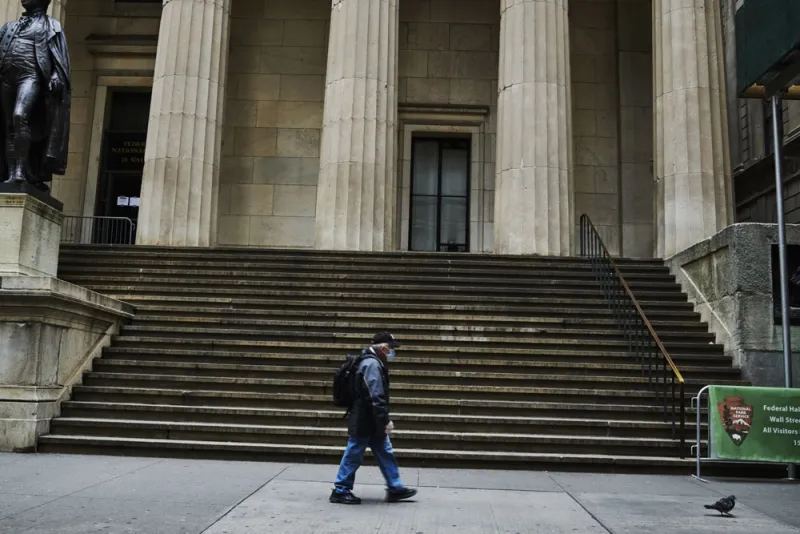The coronavirus storm is devastating U.S. employment, as jobless claims continue to pour in.
Morgan Stanley is expecting another record number of weekly claims to be released Thursday, estimating in a March 31 research report that 4.45 million initial jobless claims were filed in the week ended March 28. Bank of America Corp. earlier predicted 2.5 million unemployment claims for the same week, while JPMorgan Chase & Co. initially forecast 2 million would be filed.
“That’s probably low, but we have no way of guessing,” David Kelly, chief global strategist for JPMorgan’s asset management business, said Wednesday in a phone interview. “It could be worse than last week,” he said, estimating jobless claims could “easily” exceed 10 million in the three weeks ending April 4.
The bank’s latest weekly forecast had been tied to earlier media reports on rising joblessness in individual states, an information stream the Department of Labor has since sought to restrict, according to Kelly. Although unemployment is expected to jump this year, he said the current U.S. recession, begun in March, is not typical as it will end once a vaccine for the novel coronavirus becomes widely available.
“Then we’re back to a normal economy,” he said. “Things will come roaring back.”
In the meantime, the Coronavirus Aid, Relief, and Economic Security (CARES) Act will help keep Americans from the extreme poverty seen during the Great Depression — but the legislation probably won’t help mitigate high unemployment, according to Kelly.
“It will probably end up boosting unemployment,” he said. That’s because workers have incentive to be fired, he explained, saying some could collect “a good deal” more from unemployment benefits than from their weekly wages.
CARES “keeps food on the table for the average worker,” he said, “but it will not stop unemployment.”
[II Deep Dive: Private Equity-Owned Restaurants: ‘This Is the Worst I've Ever Seen It’]
It’s still early to assess the economic damage from the coronavirus, according to Kelly, who says a fuller picture will become visible when the April jobs report is released in May.
“The outer bands of the economic hurricane arrived in last Thursday’s unemployment claims release, showing nearly 3.3 million layoffs, almost five times as high as the next highest weekly peak over the past 50 years,” he said in a March 30 research note.
About six million people were unemployed before the “social distancing recession,” he said in the note. The loss of 15 million jobs would be enough to boost the unemployment rate to 12.5 percent, from roughly 3.5 percent, he said, adding that the rate would be the highest rate since the Great Depression.
Unemployment during the Great Depression soared to more than 25 percent, according to Kelly. People at the time looked around at a broken economy and saw little hope for a recovery, a sharp contrast to the current contraction.
While unemployment in the current U.S. recession may exceed the levels seen during the 2008 financial crisis, the duration will likely be shorter, Kelly said by phone.
The Great Recession lasted about 18 months, said Kelly, who expects the economy could start growing as soon as late this year. That’s because industries will adapt to the current environment by working remotely, he said, or introducing “special precautions” like taking the temperature of food delivery people.
Until there’s a vaccine, “we’re going to have to keep some level of social distancing,” said Kelly. That could go on into next year, he said.







